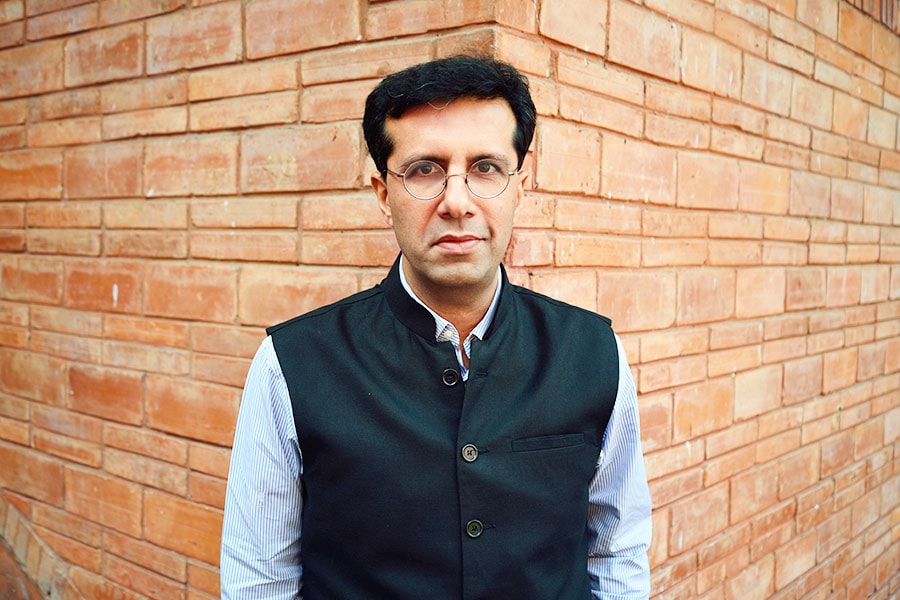
India will see a big improvement in education at the mass level: Ashish Dhawan
Here's how the market maven-turned-philanthropist is trying to level the playing field for 250 million school children and why this is India's time to rise and shine on the global stage
 Ashish Dhawan, co-founder Chrys Capital, founder and chairman of Central Square Foundation, founder and CEO of The Convergence Foundation, and co-founder of Ashoka University Image: Pradeep Gaur/Mint via Getty Images
Ashish Dhawan, co-founder Chrys Capital, founder and chairman of Central Square Foundation, founder and CEO of The Convergence Foundation, and co-founder of Ashoka University Image: Pradeep Gaur/Mint via Getty Images
In an exclusive and wide-ranging conversation on Forbes India Pathbreakers, Ashish Dhawan, co-founder, Ashoka University, and founder and CEO, The Convergence Foundation talks about the cracks in India’s education system. On the one hand, there’s a need for world-class universities so that Indian colleges can feature among the top 100 global universities, but, on the other, there’s a bigger problem of ensuring 250 million school children get access to quality education. “But as you come to the bottom half, who are in government schools, if you look at the learning levels, I think we have a lot of room for improvement,” Dhawan says.
Learning Poverty
Dhawan believes, in terms of quality, there are islands of excellence, but, at a mass level, he feels India hasn’t been able to deliver quality education. “I think those who are in the top 20-25 percent of the socioeconomic spectrum get access to good education. But as you come to the bottom half, to those who are in government schools, if you look at the learning levels, I think we have a lot of room for improvement. And learning starts to break down quite early. By Class 3 itself, a report shows that about 70 percent of children can’t read second-grade text. The World Bank has this marker called Learning Poverty which says that at age 10, or Class 5, 55 percent of children can’t read third-grade text. Now, I think the government knows this and they have started a programme called NIPUN Bharat, which the prime minister launched, which is focussed on foundational literacy in infancy.We, at the Central Square Foundation, are here to support the government. Both, at the Centre and in 12 states, we have a presence, and we are very excited because we have been pushed into mission mode. For the next 5 years, the resources are available, the political salience is there. We can see a real change start to happen on the ground. So, this 5-year mission I believe will now start to see, the way we have seen there’s been a big improvement in electrification or sanitation or now pipe water or roads. I think education will really start to improve in the coming years,” he adds.








